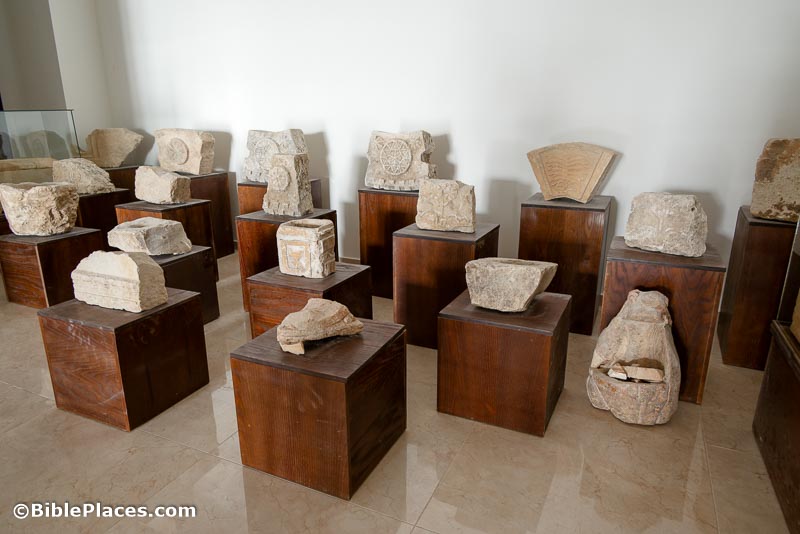A 12-year-old girl found an Egyptian scarab while on a family hike near Hod HaSharon.
A 71-year-old Israeli researcher was killed when attempting to visit an archaeological site in southern Lebanon.
The stone inscription of the Ten Commandments that is up for auction must be put on public display, as a condition of its purchase. The current owner violated that requirement for the last eight years. Another website identifies the owner.
Aren Maeir’s new MOOC on ancient Jerusalem is now online, along with his previous MOOC on biblical archaeology. Both may be taken for free or for a small fee for certification. There’s also a one-minute “behind the scenes” video for the Jerusalem course.
The latest Jerusalem Tracker links to the newest books, book reviews, academic articles, news reports, podcasts, videos, and upcoming events related to Jerusalem.
On Digging for Truth, Scott Stripling reviews the 2024 excavation season at Shiloh. “Discoveries include a city gate, new technologies, sacrificial activity, and even gold.”
In the latest edition of “Discussions with the Diggers,” Bryan Windle interviews Abigail Van Huss (nee Leavitt), assistant dig director for the Shiloh excavations.
The new issue of Biblical Archaeology Review includes articles on monumental churches built to commemorate Jesus’s life, Egyptian statues from Hazor, and the ten lost tribes.
Cambridge University Press has inaugurated a new series entitled Elements in The Archaeology of Ancient Israel. The first volume is Edom in Judah: Trade, Migration, and Kinship in the Late Iron Age Southern Levant, by Andrew J. Danielson. It is available online until December 18.
A new 5-minute video by the Orthodox Union explains why Hebron and the Machpelah is important to the Jewish people. The video includes a few photos from a surreptitious exploration of the underground caves in 1981. Elsewhere Avi Abrams tells the story.
Correction: The Galilee boat on display in the Dead Sea Scrolls exhibit at the Reagan Library is only a replica. There is more information about the exhibit in this JNS article.
HT: Agade, Gordon Franz, Arne Halbakken, Ted Weis, Explorator
